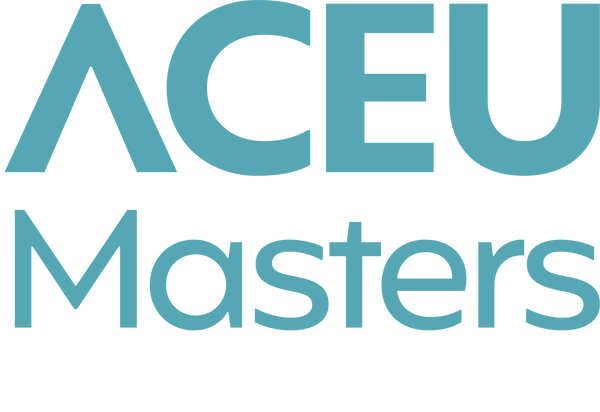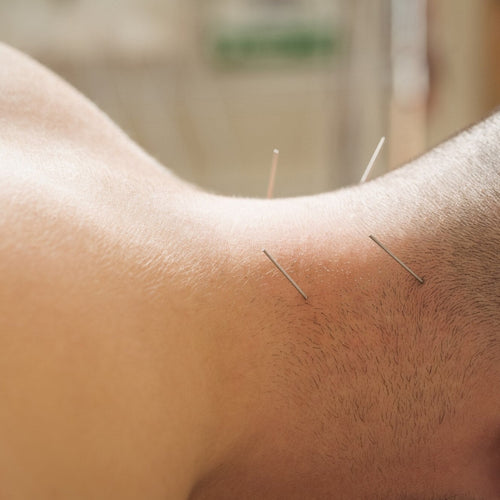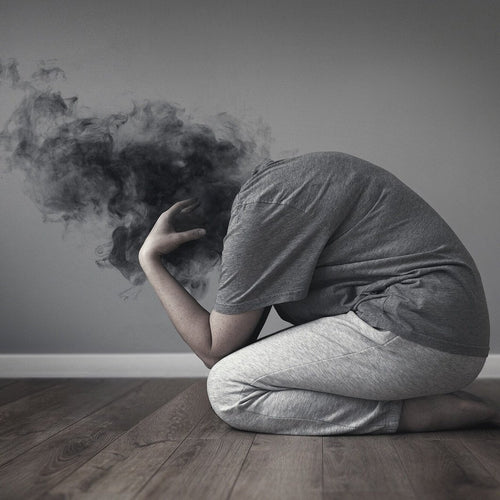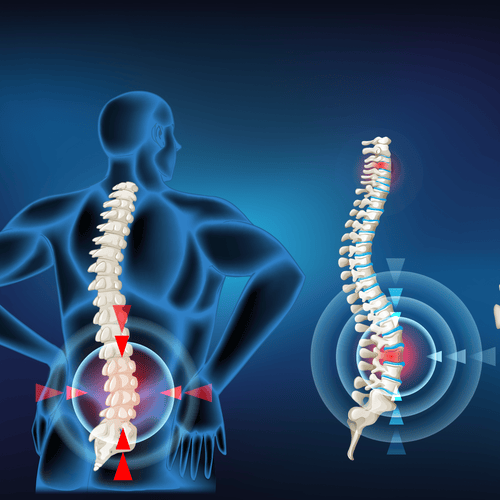For the first time in its history, the World Health Organization's International Classification of Diseases (ICD) includes an entire chapter devoted to traditional medicine. ICD-11 Chapter 26, titled Traditional Medicine Conditions – Module I (TM1), recognizes traditional medicine diagnoses and patterns commonly used in acupuncture, herbal medicine, and other East Asian medical systems. This is more than a symbolic nod; it is a structural shift that validates centuries of clinical practice and allows traditional diagnoses to be documented, reported, and analyzed on a global scale.
What This Means for Acupuncturists
ICD-11’s TM1 chapter gives acupuncturists a standardized language to describe traditional diagnostic patterns. Instead of translating TCM patterns into biomedical equivalents or skipping documentation entirely, practitioners can now use internationally recognized codes that reflect the unique logic of Chinese medicine. For example:
- SF50: Liver yin deficiency pattern
- SE80: Wind factor pattern
- SE90: Qi deficiency pattern
This system preserves the conceptual integrity of traditional medicine without forcing it into the mold of Western pathophysiology. It also improves communication with other providers, legitimizes claims in integrative health settings, and expands research possibilities by making traditional diagnoses visible in health data.
Why It Matters
Until now, traditional medicine diagnoses were largely invisible in mainstream health systems. Acupuncturists had to rely on ICD-10 codes designed for biomedical conditions and often documented patterns like "Liver qi stagnation" as generic pain, fatigue, or anxiety. This created a gap between how TCM is practiced and how it is officially recorded.
ICD-11 finally closes that gap. With TM1 codes, practitioners can document both the biomedical condition and the traditional pattern, enabling dual coding that reflects the full scope of patient assessment. For instance, a patient with insomnia might be coded for both “insomnia disorder” and “Heart and Spleen deficiency pattern.” This layered approach enriches documentation, improves clinical clarity, and supports integrative care models.
A Tool for Integration and Research
ICD-11’s traditional medicine chapter also opens new doors for research. With standardized coding, large-scale data can be collected on how traditional patterns correlate with biomedical diagnoses, treatment outcomes, and population trends. This has important implications for evidence-building and policy support in the field of acupuncture and TCM.
Public health authorities, insurance systems, and academic institutions can now better recognize and study the role of traditional medicine in global health. Acupuncturists practicing in hospitals, research clinics, or cross-disciplinary teams can speak the same coding language as their biomedical colleagues while preserving the frameworks that make TCM distinct.
What You Can Do Now
If you are an acupuncturist or TCM provider, it is time to become familiar with TM1 coding. Even if your local health authority has not adopted ICD-11 fully, staying ahead of the curve will position you for future integration. Key steps include:
- Reviewing the TM1 structure: Learn how organ system patterns, environmental factor patterns, and basic patterns are organized
- Updating documentation templates: Add space for TM1 codes alongside biomedical ones
- Participating in training or CE: Look for continuing education that teaches ICD-11 coding specific to acupuncture and TCM
The inclusion of TM1 in ICD-11 is a historic win for traditional medicine and a practical advancement for every acupuncturist seeking to practice with more precision, visibility, and global alignment.
If you are looking for a CE course that breaks down ICD-11’s TM1 chapter for TCM professionals, we offer one designed specifically to help you apply the new codes in real-world clinical settings and stay ahead of emerging trends in integrative healthcare. See our course From ICD-10 to ICD-11: Key Differences, Modifications, and the New Chapter for Traditional Medicine.



















